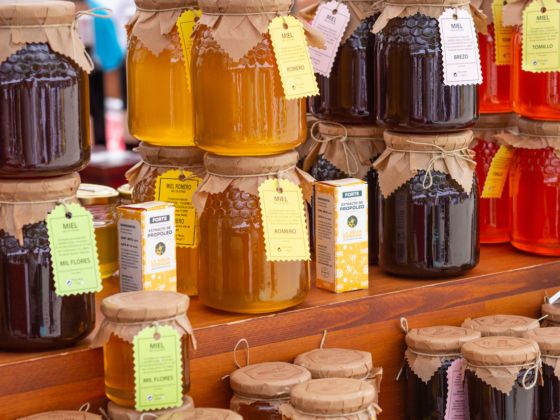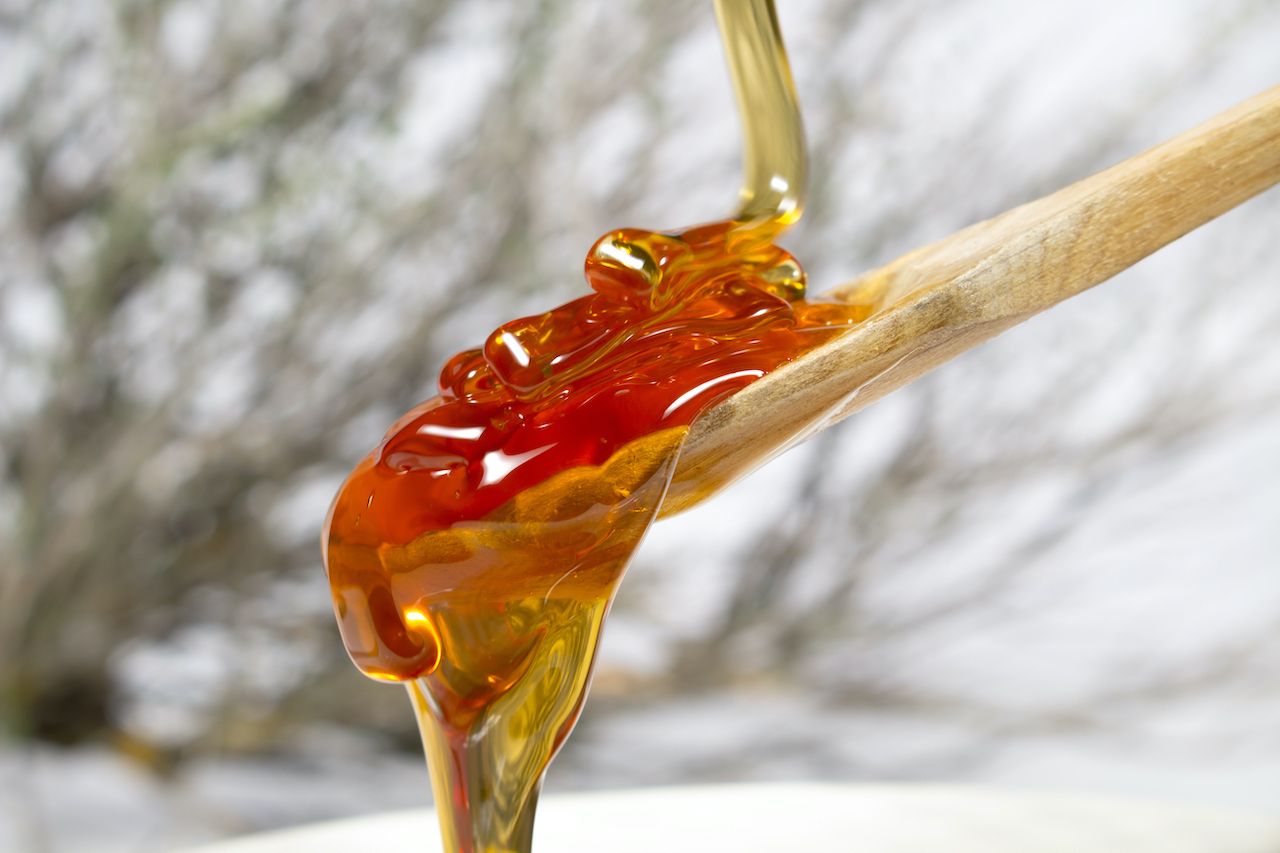Honey is like edible gold. It’s sweet and soothing, lending decadence to Turkish desserts and curative properties to New Zealand salves. It’s been in high demand for millennia: Ancient Greeks called honey the nectar of the gods, and in recent years, the world’s most coveted honey has sold for more per ounce than actual gold.
Like wine, honey is produced all over the world, with each batch taking on characteristics from the local terroir. All honey begins as nectar, which bees collect from the flowers that bloom near their hives. Different flowers, like grape varieties, impart different qualities: Buckwheat honey is dark and malty like molasses. Acacia honey is light in both color and taste. Wherever you go, local honey offers a literal taste of your destination.




